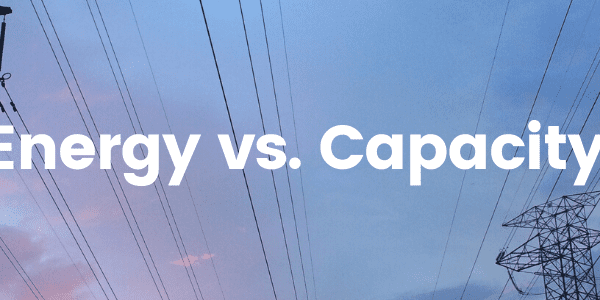
More insulation is better, right?
It is true that more insulation saves more energy for flat surfaces (e.g. roofs and walls). Energy savings from insulation increases as the thickness of the insulation increases. But the amount of the savings continually decreases as the following graph shows. And we all know the cost of insulation increases as the thickness increases. This means that depending on the type of facility and climate region, there is a goldilocks-zone for the amount of insulation that should be used on the building.
How much is enough?
This depends on the type of building, what is going on in the building, and where it is located. A number of organizations, including the American Society of Heating, Refrigerating and Air-Conditioning Engineers (ASHRAE), have published standards for the amount of insulation a building should have. These standards are incorporated into building/energy codes. So, in general, the amount of insulation a building should have is the amount required by the most up-to-date energy code.
What about pipes?
Did you know you can overdo insulation of piping systems? Increasing the thickness of pipe insulation increases the surface area, which increases energy transfer. This means there is a maximum insulation thickness for pipes called the critical radius. Making the insulation on pipes any thicker than this will cause energy LOSS; not savings.
How much is enough (for pipes)?
The technical answer is r < k / h, but if you want to stay in the goldilocks zone, just refer to standards for pipe insulation.
The point.
Going way over the code-required amount of insulation is likely going to be very costly and only marginally effective. Save your money for other energy-saving projects like HVAC controls.





